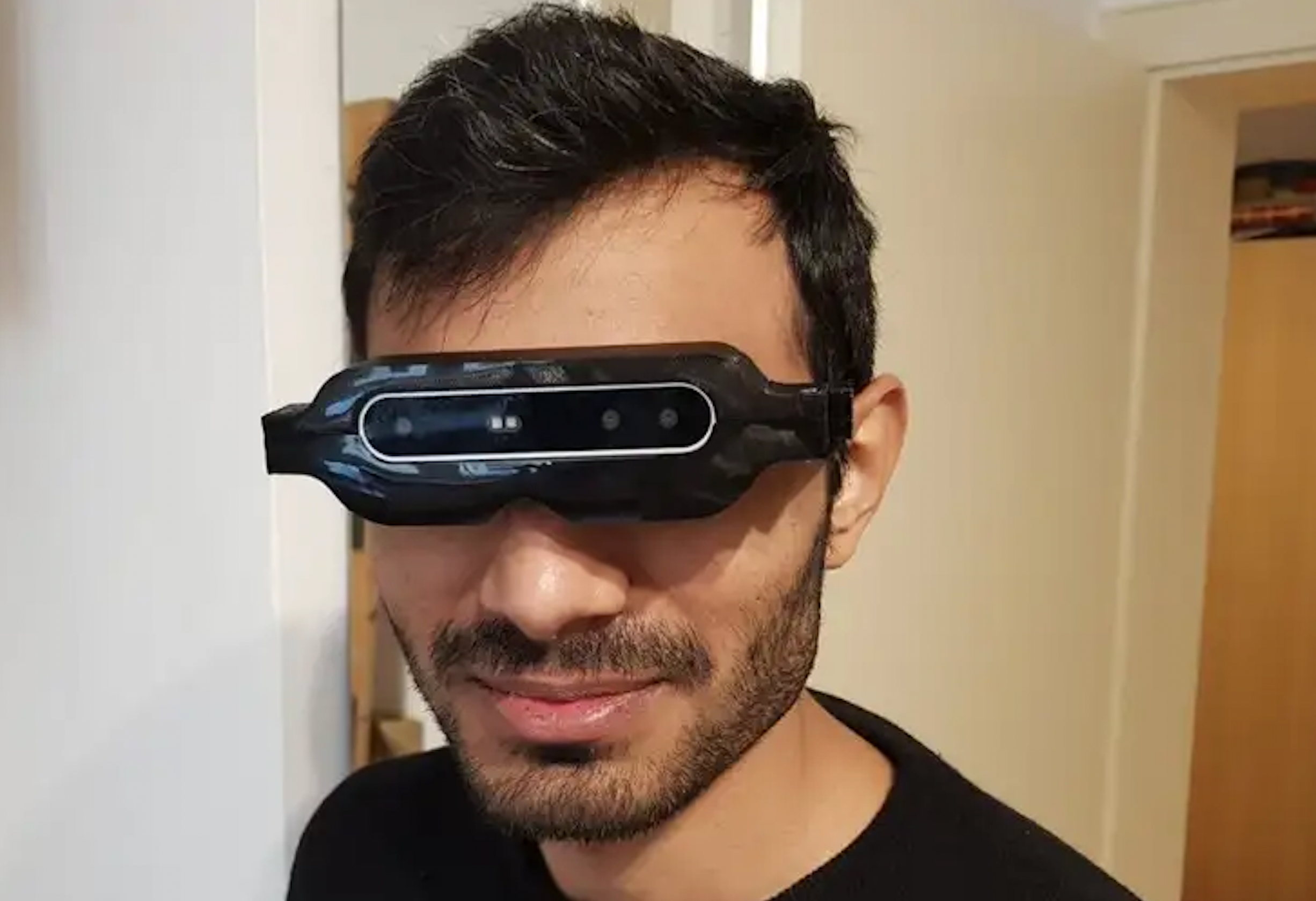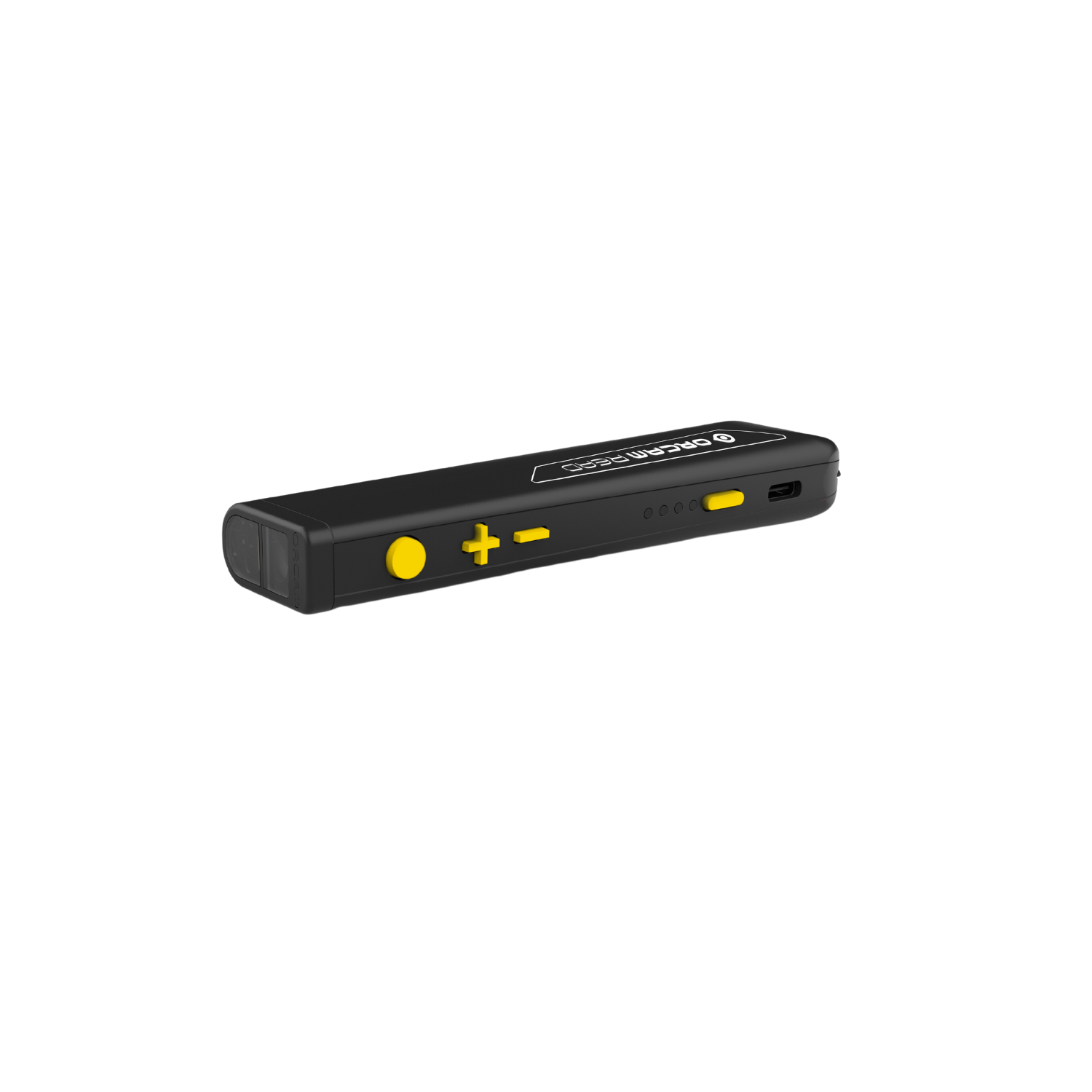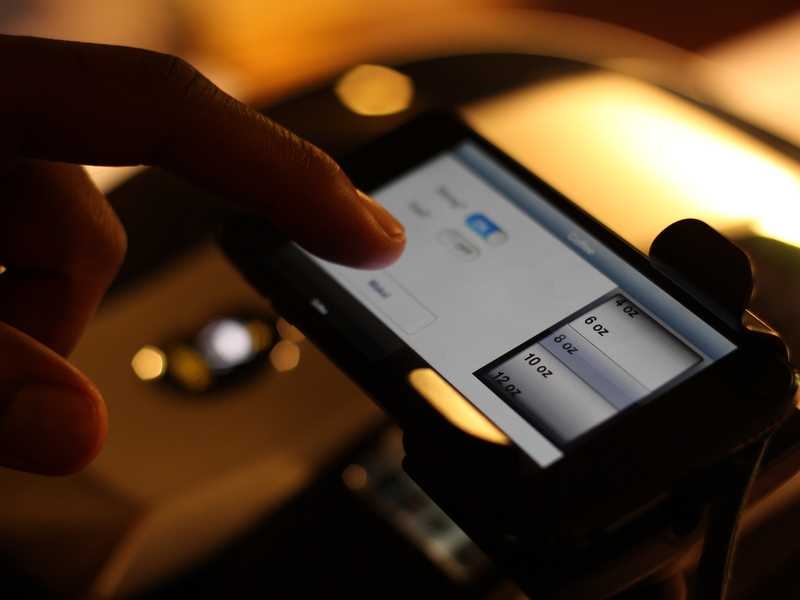Wearable Technology for Low Vision: A Revolution in Accessibility
Wearable Technology for Low Vision: A Revolution in Accessibility
Blog Article
Empowering Freedom With Assistive Technology for the Blind
The combination of assistive modern technology right into the lives of individuals with aesthetic problems represents a substantial development in advertising freedom and self-sufficiency. From ingenious screen visitors to sophisticated clever canes, these tools not only boost everyday navigating and interaction yet also equip individuals to engage meaningfully in numerous aspects of life. As we check out the myriad benefits and real-world applications of these technologies, it ends up being essential to take a look at the underlying elements that add to their performance and the possibility for future growths in this important area.
Review of Assistive Technology

The growth of assistive modern technology is based in principles of inclusivity and empowerment. Advancements in software program, hardware, and sensory improvements supply individuals with alternatives tailored to their specific requirements. From screen readers that transform text to speech, to tactile gadgets that share details through touch, these devices transform the way people involve with their surroundings.
Along with sensible applications, assistive technology fosters greater social inclusion and involvement in different fields, including education and learning and employment (Smart glasses for the visually impaired). As r & d proceed to progress, the capacity for assistive technology to better enhance the lives of aesthetically impaired people continues to be encouraging, leading the method for an extra equitable society where every person can prosper
Kinds Of Assistive Instruments
A range of assistive tools have arised to support individuals with visual problems, each made to fulfill specific requirements and enhance everyday performance. These devices vary from low-tech options to state-of-the-art innovations, offering varied alternatives for individuals.
Low-tech devices include magnifiers and large-print products that assist in analysis and writing. Braille tools, such as Braille stylus pens and slates, enable tactile reading and communication. Alignment and movement aids, like white walking canes, help customers browse their atmosphere securely.
On the greater end of the range, digital magnifying systems and display readers provide significant assistance. Digital magnifiers allow individuals to enlarge text and images on screens, while screen readers convert electronic content into manufactured speech, helping with accessibility to information on computer systems and mobile phones.
Smartphone applications also play an essential duty, supplying features like message recognition and navigating help. Wearable innovation, such as wise glasses furnished with increased truth, is becoming a promising tool to boost situational understanding.
Benefits of Assistive Innovation
The combination of assistive innovation considerably enhances the quality of life for people with visual problems. These technologies equip individuals by promoting freedom, allowing them to browse their atmospheres better and execute everyday jobs with greater simplicity. For example, display viewers and magnifying software program allow individuals to gain access to electronic details, fostering expert and academic opportunities that might have previously been out of reach.
Moreover, assistive gadgets such as smart walking sticks and GPS applications provide real-time navigating help, enhancing movement and safety. This increased freedom not just boosts self-worth however also encourages social interaction, enabling customers to take part even more completely in their areas.
Assistive modern technology also investigate this site assists in interaction, assisting individuals attach with others with voice acknowledgment and text-to-speech applications. This ability is crucial for preserving relationships and accessing critical details.
Furthermore, the personalization alternatives readily available with numerous assistive technologies make sure that individuals can tailor tools to their particular needs, better improving functionality and effectiveness. On the whole, the advantages of assistive technology click for source for individuals with visual impairments are profound, promoting an extra inclusive society where everyone can seek their goals and goals.
Study and Success Stories
Highlighting the transformative impact of assistive technology, numerous instance research studies highlight exactly how people with aesthetic problems have successfully integrated these devices into their daily lives. One compelling example involves a college trainee that utilized screen analysis software to browse online resources and academic materials successfully. This innovation not only facilitated her education however likewise boosted her self-confidence in joining discussions and team jobs.
Another study features a specialist who utilizes a smartphone application created for navigating and item recognition. By utilizing this application, he has actually restored freedom in both his individual and work settings, enabling him to commute individually and involve with associates extra properly.
Furthermore, a senior citizen shared her experience with braille e-readers, which enabled her to access a substantial variety of literary works and stay attached with her community with book clubs.
These success stories underscore the crucial role of assistive innovation in promoting freedom, improving lifestyle, and promoting social integration for people with visual disabilities (Assistive technology for the blind). By accepting these innovative devices, individuals can get over obstacles and confiscate chances that add to their personal and expert fulfillment

Future Fads in Assistive Modern Technology
Development in assistive technology is poised to redefine the landscape of assistance for individuals with visual problems. Arising fads emphasize the combination of expert system (AI) and equipment learning, which enhance the performance of tools that help with navigating and details accessibility. AI-driven applications are now qualified of interpreting visual data in real-time, allowing individuals to involve with their setting extra independently.
Moreover, the growth of wearable modern technology is progressing quickly. Smart glasses geared up with enhanced reality (AR) can provide audio summaries of environments, transforming just how individuals engage with public areas. These devices not only promote freedom however likewise foster social addition.
Additionally, the Internet of Things (IoT) is making homes smarter, enabling seamless connectivity between assistive devices and everyday home appliances. This connection encourages individuals by allowing automatic responses and voice-activated controls customized to individual needs.
Final Thought
Finally, assistive technology plays a crucial duty in encouraging individuals with aesthetic disabilities by enhancing their freedom and interaction with their environments. The diverse variety of tools and oct eye test applications readily available not only assists in navigating and communication but also promotes social combination and possibilities for personal and professional growth. As improvements continue in this area, the possibility for enhancing the lifestyle for those with aesthetic disabilities will certainly increase, cultivating greater autonomy and empowerment.

Report this page